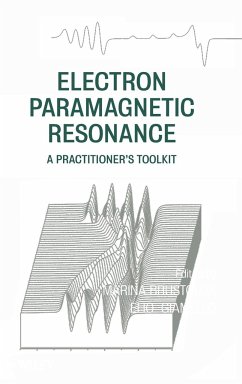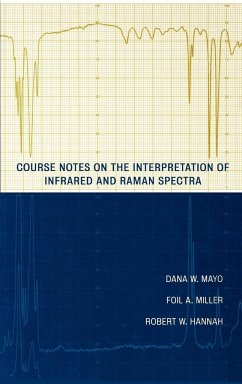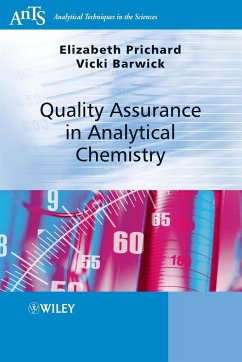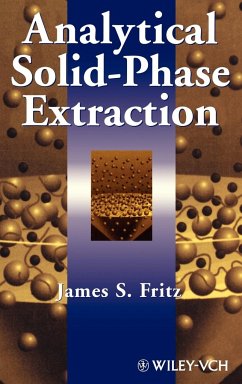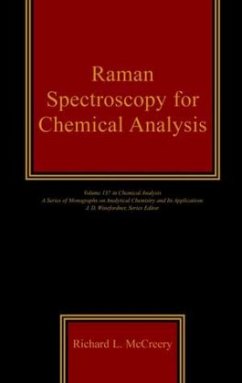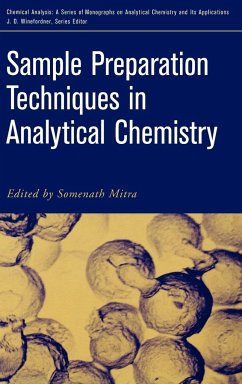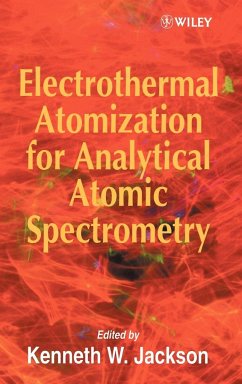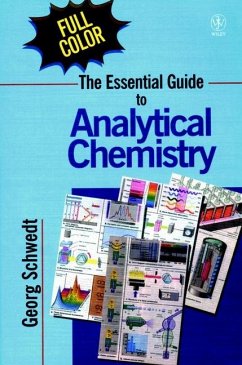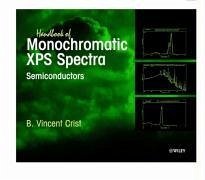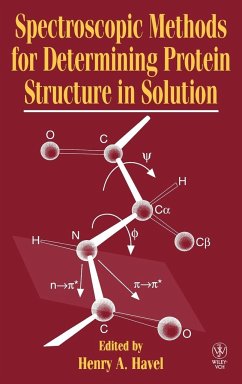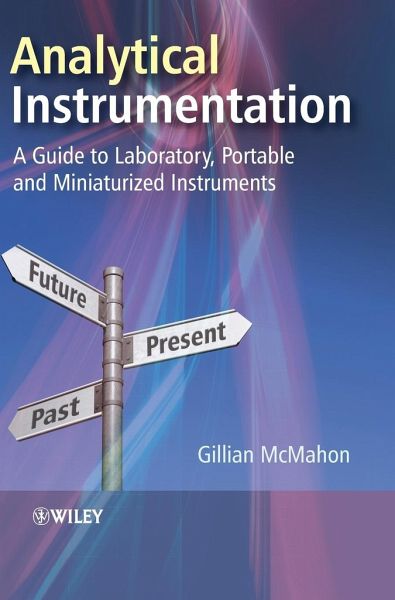
Analytical Instrumentation
A Guide to Laboratory, Portable and Miniaturized Instruments

PAYBACK Punkte
65 °P sammeln!
This valuable resource covers the principles of analytical instrumentation used by today's chemists and biologists and presents important advances in instrumentation, such as the drive to miniaturise and lab-on-a-chip devices. In terms of the lab-based analytical instrumentation, the five main categories of technique - spectroscopic, chromatographic, electrochemical, imaging and thermoanalytical, are included and presented in a practical, not theoretical way.Including relevant examples and applications in a number of fields such as healthcare, environment and pharmaceutical industry this book ...
This valuable resource covers the principles of analytical instrumentation used by today's chemists and biologists and presents important advances in instrumentation, such as the drive to miniaturise and lab-on-a-chip devices. In terms of the lab-based analytical instrumentation, the five main categories of technique - spectroscopic, chromatographic, electrochemical, imaging and thermoanalytical, are included and presented in a practical, not theoretical way.
Including relevant examples and applications in a number of fields such as healthcare, environment and pharmaceutical industry this book provides a complete overview of the instruments used within the chemistry industry, making this an important tool for professionals and students alike.
Including relevant examples and applications in a number of fields such as healthcare, environment and pharmaceutical industry this book provides a complete overview of the instruments used within the chemistry industry, making this an important tool for professionals and students alike.



